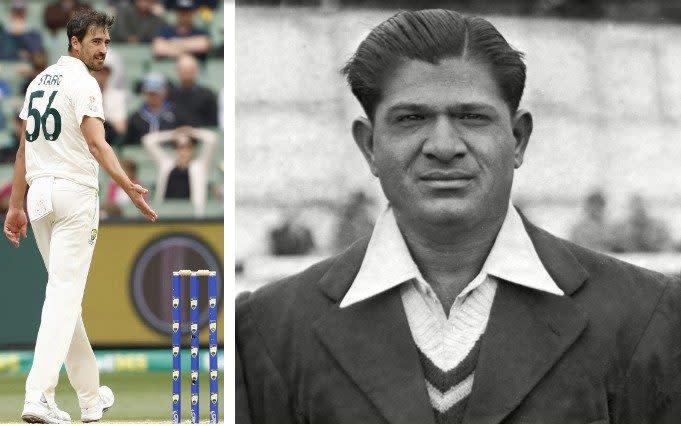
The family of Vinoo Mankad, the former Indian Test cricketer whose name is now used to describe non-striking batsmen who are run-out, have urged the dismissal not to be renamed.
The ‘Mankad’ is named after Vinoo Mankad, whose dismissal of Bill Brown in 1948 is thought to be the first known instance of a non-striker being run-out in a Test match before the ball was bowled.
Two prominent Australian administrators, Todd Greenberg of the Australian Cricketers Association and Lee Germon of Cricket NSW, have urged the dismissal to be renamed out of respect to Mankad, but his grandson has said that the family are happy with the name being used to describe the dismissal.
“Personally, I’m always delighted to see my grandfather being remembered,” Harsh Mankad, Vinoo’s grandson, told The Sydney Morning Herald. “I feel it to be a great honour for our name to be associated with a cricketing term.”
“I’d love to see the ‘Mankad’ or ‘Mankading’ stay and keep alive his memories and legacy as a great competitor and sportsman deeply respected and admired by everyone I’ve met and those who knew him and experienced life with him.”
Mankad was an outstanding Test cricketer for India. He played 44 Test matches from 1946 to 1959, averaging 31.5 with the bat, and hitting five centuries, as well as taking 162 wickets at 32.3 apiece with his left-arm spin.
While Mankad was the first man to run-out a non-striker before a delivery was bowled in a Test match, the first known such dismissal in any first-class match occurred in 1835.
In October last year, the International Cricket Council ruled that a Mankad dismissal would no longer be classified under ‘Unfair Play’ but simply another method of ‘Run Out’.
The dismissal has continued to generate controversy. Earlier this year, Australian spin bowler Adam Zampa’s appeal for a Mankad was denied because he was ruled to have completed his action without letting go of the ball. The third umpire deemed that Zampa was past the point when he would normally release the ball, ruling the batsman not out.
Article courtesy of
Source link